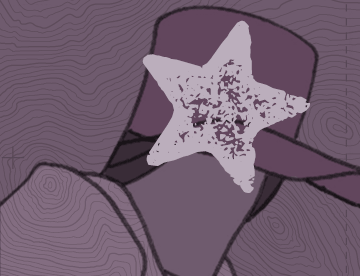
A Simple Grid Mixin Explained
Successful design systems stand on the shoulders of sound grids. Grids form the groundwork for a uniform yet flexible suite of templates. Their layouts hold containers that fit together like pieces of a puzzle. Last week, Happy Cog, in partnership with Mijingo, released the 7th video in The Happy Cog Way series: “The Basics of Grids.” In it, MJ discusses using a nice little web app called Modular Grid Pattern, a grid generator that can export into a variety of design programs.








